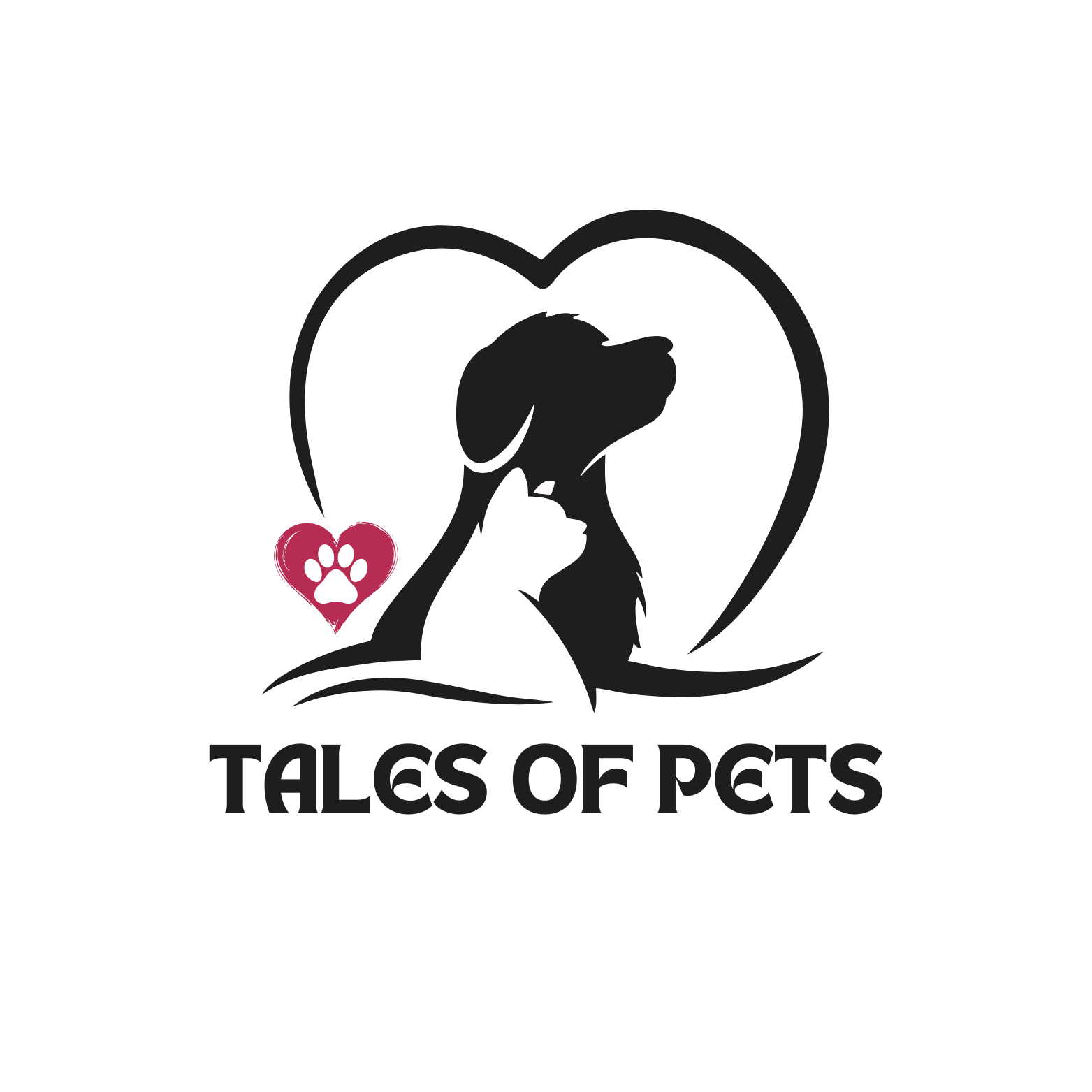Blog
Choosing the Best Dog Chow for Health

Before diving into the different types of dog chow, it’s essential to understand the basic nutritional needs of dogs. Just like humans, dogs require a balanced diet to thrive. Their primary nutritional requirements include proteins, fats, carbohydrates, vitamins, and minerals. Each of these components plays a crucial role in maintaining your dog’s health. A well-balanced diet can support everything from energy levels and immune function to coat health and digestion. Understanding these nutritional basics is the first step toward ensuring your dog receives the best possible care through their diet.
Proteins in Dog Chow food
Proteins are the building blocks of your dog’s body, crucial for growth, repair, and overall maintenance. High-quality proteins, such as chicken, beef, or fish, should be a significant part of your dog’s diet. These proteins provide essential amino acids that are vital for muscle development and tissue repair. Additionally, they contribute to the production of enzymes and hormones, which are necessary for everyday bodily functions. When selecting dog food, prioritize those that list a quality protein source as the primary ingredient, ensuring your pet receives the nutrients they need for optimal health.
Fats in Dog Chow food
Fats provide energy and support brain function and a healthy coat. Look for dog foods that include healthy fats like omega-3 and omega-6 fatty acids, often found in fish oils and flaxseed. These fats are not only a rich energy source but also play a role in reducing inflammation and supporting cardiovascular health. A diet that includes the right balance of fats can also help maintain a shiny coat and healthy skin, reducing the likelihood of dry skin and other dermatological issues. Ensure that the fats included in your dog’s diet are derived from quality sources, as this will impact their overall health and well-being.
Carbohydrates
While dogs primarily gain energy from proteins and fats, carbohydrates can also be a valuable energy source. Whole grains and vegetables can supply essential nutrients and fiber. This fiber aids in digestion and can help maintain a healthy weight by making your dog feel fuller for longer. Complex carbohydrates provide a steady release of energy, avoiding the spikes and crashes associated with simple carbs. Including a moderate amount of high-quality carbohydrates in your dog’s diet can support sustained energy levels and promote digestive health.
Vitamins and Minerals
Vitamins and minerals are necessary for various bodily functions, including bone growth, immune support, and metabolic processes. Ensure that the dog chow you choose is fortified with these essential nutrients. Vitamins like A, D, E, and K support everything from vision and bone health to blood clotting and cellular protection. Minerals such as calcium, phosphorus, and zinc are equally important, contributing to strong bones and teeth, nerve function, and overall growth. Choosing a dog food that meets these requirements ensures your pet’s body functions optimally and maintains robust health.
Types of Dog Chow
Dog chow comes in various forms, each with its own benefits. Understanding the differences can help you make an informed decision about what might work best for your dog. Factors such as cost, convenience, and your dog’s specific dietary needs will influence your choice. By familiarizing yourself with the pros and cons of each type, you can better match the dog chow to your pet’s lifestyle and health requirements.
Dry Dog chow Food
Dry dog food, or kibble, is one of the most popular options due to its convenience and long shelf life. It’s easy to store and can help promote dental health by reducing tartar buildup. When choosing kibble, look for options that list high-quality protein sources as the first ingredient. Additionally, kibble is often more affordable and easier to measure, making portion control simpler. However, it’s important to ensure that your dog has access to plenty of water, as dry food can lead to dehydration if not balanced with adequate hydration.
Wet Dog Food
Wet dog food is often more palatable for dogs and can be a good option for those with dental issues or who need additional hydration. It tends to be more expensive per serving and should be used relatively quickly once opened. This type of food is ideal for picky eaters or dogs who struggle to maintain their weight, as its higher moisture content can enhance flavor and appeal. Wet food can also be easier for older dogs to chew and digest, providing a gentle option for pets with sensitive mouths or digestive systems.
Raw Dog Food
The raw food diet has gained popularity in recent years. This diet mimics what dogs’ ancestors might have eaten in the wild and consists of raw meats, bones, fruits, and vegetables. While some owners swear by this approach, it requires careful preparation to ensure nutritional balance and safety from pathogens. Raw diets can offer benefits like healthier skin, shinier coats, and improved energy levels, but they also carry risks of bacterial contamination and nutritional imbalances if not properly managed. Consulting with a vet or pet nutritionist is recommended before committing to a raw food diet.
Homemade Dog Food
Some pet owners prefer to make their own dog food to have complete control over the ingredients. While this can be a healthy option, it requires time, effort, and a thorough understanding of canine nutrition to prevent deficiencies. Homemade diets allow for customization to accommodate allergies or specific health concerns, but they must be carefully planned to meet all nutritional needs. Working with a vet or a pet nutritionist can help ensure that the homemade meals are balanced and beneficial for your dog’s health.
Special Considerations in Dog Chow food
Age and Size
Puppies, adult dogs, and seniors have different nutritional needs. Puppy chow is specifically formulated to support growth and development, with higher protein and fat content. Similarly, larger breeds may need different formulations compared to smaller breeds to support joint health and overall size. Aging dogs might benefit from foods that support joint health and have lower calorie content to prevent weight gain. Understanding the life stage and size of your dog will help you select a food that supports their specific health requirements and growth patterns.
Health Conditions
If your dog has specific health issues, such as allergies, obesity, or a sensitive stomach, you might need to choose a specialized dog food. Consult with your veterinarian to find the best option tailored to your pet’s health needs. Specialized diets can address a range of conditions, from renal issues to skin sensitivities, and can significantly improve your dog’s quality of life. Regular check-ups and open communication with your vet will help monitor any changes in your dog’s health and nutritional requirements, ensuring they receive the best care possible.
Ingredient Sensitivities
Some dogs may have sensitivities or allergies to certain ingredients like wheat, corn, or soy. In such cases, grain-free or limited-ingredient diets might be beneficial. Always monitor your dog’s response to new food and consult your vet if you notice any adverse reactions. Identifying and eliminating allergens from your dog’s diet can alleviate symptoms such as itching, digestive upset, and ear infections. It’s crucial to transition to new foods gradually, allowing your dog’s system to adjust and minimizing potential negative reactions.
Reading Dog Food Labels
Understanding how to read dog food labels can help you make informed choices about your pet’s diet. Here are some tips:
- Ingredient List: Ingredients are listed by weight. Look for high-quality protein sources at the top of the list. Avoid foods with vague terms like “meat by-products” or “animal fat” which can indicate lower quality.
- Guaranteed Analysis: This section shows the minimum and maximum percentages of nutrients such as protein and fat. Compare these with your dog’s nutritional needs. This analysis can help you determine whether the food aligns with your dog’s dietary requirements and energy levels.
- AAFCO Statement: The Association of American Feed Control Officials (AAFCO) provides guidelines to ensure pet foods meet minimum nutritional requirements. Look for a statement that the food is complete and balanced for your dog’s life stage. This ensures that the food provides a comprehensive diet and supports your dog’s health throughout their life stages.
Conclusion
Choosing the best dog chow for your pet involves considering their unique needs, preferences, and any specific health concerns they may have. A balanced diet is key to maintaining their health and vitality. Don’t hesitate to consult with your veterinarian for personalized advice on the best food choices for your dog. With careful consideration and a bit of research, you can find the perfect chow to keep your furry friend happy and healthy for years to come. Remember, the right nutrition not only supports physical health but also contributes to your dog’s mental and emotional well-being, enhancing their quality of life in every way.












